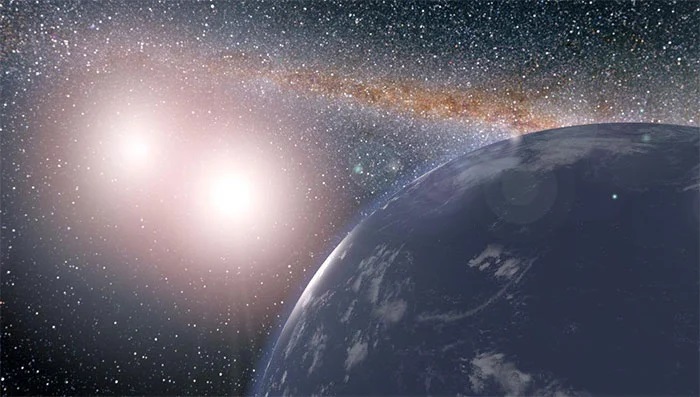In the Thien Cam and Thien Nga constellations, there are 5 permanently habitable zones, 5 star systems with at least 2 or more suns and can produce many Earth-like planets.
According to an article published in the scientific journal Frontiers in Astronomy and Space Sciences, the five aforementioned star systems, named Kepler-34, Kepler-35, Kepler-38, Kepler-64 and Kepler-413, are located from 2764 to 5933 light years .
Of these systems, Kepler-64 has at least four stars orbiting its center, while others have 2 stars; all of them have at least one giant planet the size of Neptune or larger.
According to Professor Ian Dobbs-Dixon of New York University in Abu Dhabi (UAE), one of the study’s lead authors, their work is aimed at determining the types of star systems that may contain habitable planets. Previously, planets orbiting star systems with at least two or more stars at the center were considered easy to create the largest “living regions”. It would be better if it weren’t surrounded by giant planets – something that could “sabotage” the creation of a habitable world.
However, looking back on our own solar system, it is clear that the Earth is still alive even though the star system has many giant planets, especially “exceptional” Jupiter. So they tried to use the models to calculate the viability of binary star systems, triple stars and fourth stars with giant planets, and hence the 5 special star systems mentioned above.
The habitable zone of these five star systems varies from 0.4 to 1.5 AU (astronomical unit, 1 AU equal to the distance from the Sun to the Earth). Of these, the Kepler-38 system is considered the easiest to use.
“Our research confirms that even binary star systems with giant planets are hot targets in our search for ‘Earth 2.0’. Watch out for Tatooine, we’re coming!” – Dr Nikolaos Georgakarakos of New York University in Abu Dhabi, co-author, said wittily on Sci-News. Tatooine is the name of a living planet, orbiting a triple star system in the popular “Star Wars” series.


